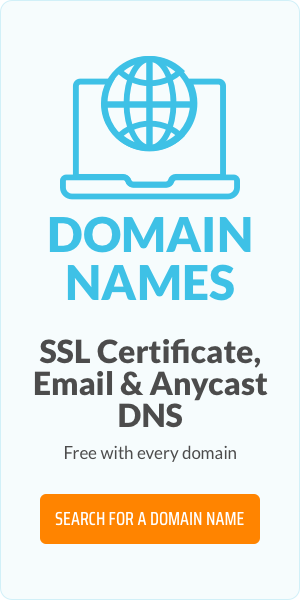Two-step verification protects your account from hackers

Everyday, more & more confidential information is loaded onto the Internet. Relying on a simple username & password combination to protect your account is reckless. Two-step verification (TSV) blocks unauthorised access to your account. We offer TSV to all our customers, and we urge you to use it for your accounts. Here’s why...
Passwords aren’t enough!
All too often we hear of massive data breaches, hackers stealing millions of passwords, accounts accessed, and identities stolen. Passwords are not up to the job anymore, as hackers get more and more devious.
Passwords aren't safe, meaning your account and personal data aren't secured. Take a look at the number of websites offering lessons in hacking – it’s child’s play! Against advice, we use the same password for more than one account. We write them down rather than remember them, or we fall for phishing email asking for our credentials.
Two-step verification (TSV) is one of the best ways to ensure your accounts aren’t hacked because it uses more than just your password. You have to enter a unique verification code that's sent to your smartphone at your request - only then can you access your account.
What can happen if you don’t use TSV
If a hacker gets past your foolproof E@5y2h@Ck!? password, they’ve got access to your account. They can hijack your domain names and shutdown or alter your website. They can find your payment methods, send dodgy email to your contacts, and spend your money. If they change your password, you’re then locked out of your own account. Wave goodbye to your money, domain names, website, and good reputation.
How TSV will change accessing your account
Chances are you’re using TSV already but it’s called something else (TFA, two-factor authentication, 2FA). That fob/token you use when accessing your bank account – two-step verification. If you apply this extra level of security to all your accounts, you’ll be protecting your credit card, email address, bank account, social security number, and other personal details.
Once you’ve activated TSV for your EuroDNS account you’ll have to provide two pieces of information to confirm your identity, every time you log in. Your account password, followed by the unique code generated on your smartphone.
How to activate two-step verification
Begin by downloading the appropriate app to your smartphone. You'll find the app for your specific mobile device in our two-step verification support article. Once downloaded the app, you’re ready to apply TSV to your EuroDNS account.
- Log in to your account and click on the account icon (ID number). Click on ACCOUNT > SECURITY > ACTIVATE TSV.
- Launch the app on your phone or tablet and scan the QR code.
- Enter the code generated on your phone, and click ACTIVATE.
- TSV is now working, and you have a batch of 10 backup codes if you're ever without your phone.
The backup codes are unique to your EuroDNS account and only work once. But you can generate a new batch of 10 whenever you need them; this will cancel any unused codes in the previous batch. We would recommend printing the list and keeping it somewhere safe.
What about your other accounts?
A lot of big names already offer TSV such as Skype, Twitter, MailChimp, Gmail, Apple, eBay, Microsoft, Facebook, Amazon, PayPal, and LinkedIn. Unfortunately, some companies are playing catch-up. But remember, it’s not always called two-step verification so you might be using it without realising. Alternative names would include two-factor authentication (2FA), login approval, multi-factor authentication (MFA), and that little plastic fob on your key chain.
You can't be too careful
You should activate it on as many accounts as possible; it’s one of the best ways to protect your account and keep your data safe. Start now with your EuroDNS account, and protect your domain names against domain hijackers.
